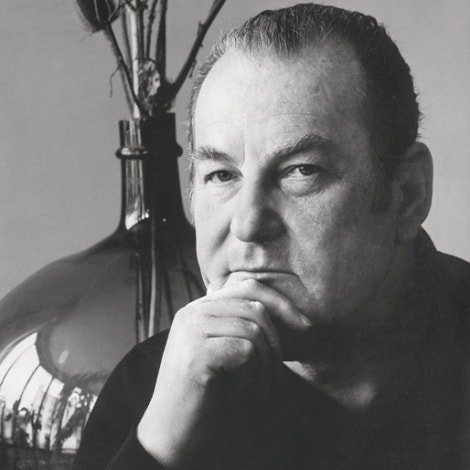-15% avec DESIGN15
La collection de lampes Satellite décline un abat-jour en tôle perforée et pliée en forme d’oval, où la matière vient contraster élégamment avec l’inspiration organique florale.
Initialement déclinée en suspension, elle est désormais disponible sous forme d’une grande et sculpturale applique / plafonnier, d’un lampadaire pour le jardin et d’une suspension d’extérieur.
Mathieu Matégot avait l'art de créer des formes naturelles en utilisant des matériaux modernes et innovants comme le métal percé. Il fut d'ailleurs le premier à combiner tubes et feuilles de métal ajouré, mélange que l'on retrouve dans plusieurs de ses dessins.
Contrairement à beaucoup de designers qui passent des années à perfectionner leur technique, Mathieu Matégot ne consacra qu'une dizaine d'années à la création d'objets et de meubles, la décade 1950, laissant derrière lui maintes créations marquante qui font aujourd'hui le bonheur des collectionneurs.
Matériau feuille de métal perforé
Source lumineuse E27 (ampoules incluses)
Mathieu Matégot

Mathieu Matégot (1910 - 2001) est l'un des designers français les plus réputés des années 50.
Il étudie à l’école des Beaux Arts de Budapest. Il visite ensuite l’Italie puis les Etats-Unis et décide de s’installer en France. Il débute sa carrière en tant qu’étalagiste aux Galeries Lafayette.
En 1933, il débute la conception de meubles avec notamment l’utilisation de rotin et du métal. Toutefois, dans un contexte de guerre il décide de s’engager mais sera fait prisonnier. Après la Libération, il se consacre à la création d’objets en métal transparent et ouvre son propre atelier à Paris puis à Casablanca.
Il expose son travail en 1952 lors du salon des Artistes Décorateurs et d’Automne. Il connaît rapidement un succès mondial. Il a particulièrement influencé le monde du design par son approche avant-gardiste des formes et des matières.
Ce site web utilise les cookies techniques pour fonctionner.
Vous pouvez les refuser, mais perdrez alors la possibilité d'acheter.
OK
Refuser